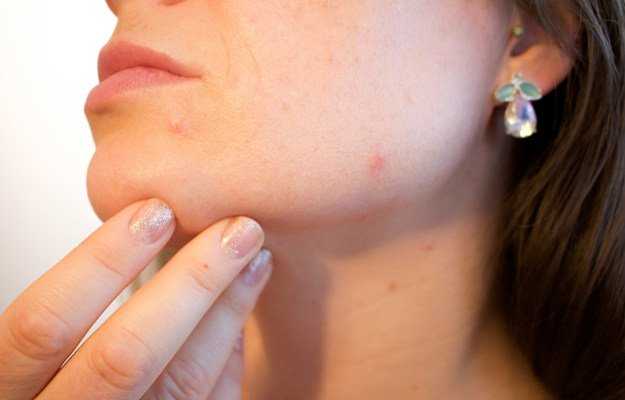What is dermatitis herpetiformis?
Dermatitis herpetiformis (DH) is a skin rash with blistering, caused by gluten ingestion. It is also known as Duhring’s disease and is the manifestation of celiac disease outside of the intestine. It is an autoimmune condition, and most individuals with DH have gluten-sensitive enteropathy. Those with celiac disease are predisposed to DH. It is more common in the northern parts of India than elsewhere.
What are its main signs and symptoms?
Symptoms include:
- Itchy bumps or blisters on both sides of the body
- Small clustered papules
- Dental enamel defects
DH mainly affects the following groups of people:
- Caucasians in the age group of 15-40 years
- Mostly affects males
- Women under 20 years of age
- Those with genetic predisposition
What are its main causes?
The main cause of DH is the deposition of immunoglobulin A in the skin tissue, which then facilitates lesion formation. Those with DH are also likely to have hypothyroidism. Complications include:
- Dental problems
- Heart problems
- Recurrent miscarriages
- Fatty liver resulting in abnormal liver function
How is it diagnosed and treated?
DH is mainly diagnosed by:
- Skin biopsy
- Nutritional deficiency screening
- Blood tests
- Small intestine biopsy
DH is treated with sulfone or sulfa drugs, based on patient tolerance. Some steroids may also need to be used.
Self-care tips:
- Avoid gluten-containing foods.
- Follow up with your doctor to check the progress of the disease and the effectiveness of the drugs.
- Read the labels of food products to ensure they are gluten-free.
- Incorporate foods like meats, dairy products, fruits, and veggies.
- Cereal grains, legumes, nuts, seeds, and tubers are other safe alternatives.
DH is a gluten-induced condition that can be prevented and treated by avoiding gluten. DH has a good prognosis as many people see an improvement in their condition by adopting a gluten-free diet. Therefore, appropriate lifestyle changes should be looked into for managing DH.
















